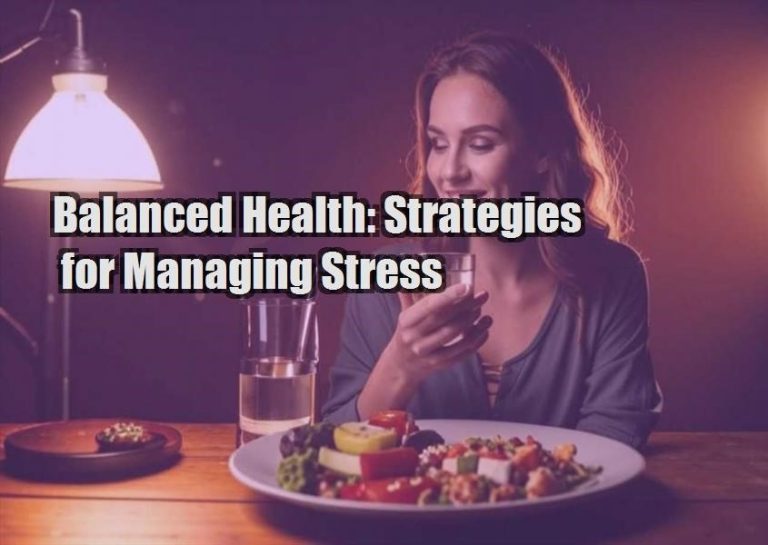Introduction
Burnout is a state of emotional, physical, and mental exhaustion caused by prolonged exposure to stress. It can manifest in various symptoms, including fatigue, irritability, difficulty concentrating, and a lack of motivation. Burnout is becoming increasingly common in todays fast-paced and demanding society, affecting individuals across different professions and demographics.
Causes of Burnout
- Excessive workload: Overwork, extended hours, and unrealistic deadlines can lead to burnout.
- Lack of control: Feeling powerless or having limited autonomy in ones work can contribute to stress and burnout.
- Emotional demands: Dealing with challenging or emotionally taxing situations, such as providing care or working with difficult clients, can take an emotional toll.
- Poor work-life balance: Failure to establish clear boundaries between work and personal life can lead to burnout.
- Lack of support: Insufficient support from colleagues, supervisors, or loved ones can exacerbate stress and burnout.
Symptoms of Burnout
Emotional Symptoms
- Fatigue
- Irritability
- Difficulty concentrating
- Feelings of detachment or depersonalization
- Loss of motivation
- Pessimism
Physical Symptoms
- Headaches
- Muscle tension
- Sleep problems
- Gastrointestinal issues
- Decreased immune function
Cognitive Symptoms
- Poor decision-making
- Difficulty remembering things
- Impaired attention span
- Reduced creativity
Behavioral Symptoms
- Withdrawal from social activities
- Increased substance use
- Absenteeism or tardiness from work
- Neglecting personal responsibilities
Coping with Burnout
Individual Strategies
- Identify your triggers: Determine the specific situations or factors that contribute to your burnout.
- Set boundaries: Establish clear limits between work and personal life, and learn to say no to additional responsibilities.
- Practice self-care: Engage in activities that promote your physical, mental, and emotional well-being, such as exercise, mindfulness, or spending time in nature.
- Seek support: Talk to a trusted friend, family member, or therapist about your experiences and feelings.
- Consider a break: If possible, take a vacation or leave of absence to rest and recharge.
Organizational Strategies
- Promote a healthy work-life balance: Encourage employees to take regular breaks, utilize flexible work arrangements, and disconnect from work during non-working hours.
- Reduce workload and stress: Assess workloads and reallocate responsibilities to prevent employees from becoming overwhelmed.
- Provide emotional support: Create a supportive work environment where employees feel comfortable discussing their challenges and seeking assistance.
- Foster a culture of recognition and appreciation: Acknowledge and reward employee contributions to reduce feelings of burnout.
- Offer access to resources: Provide employees with access to counseling, wellness programs, and other support services.
Prevention
- Set realistic expectations: Avoid taking on more than you can handle, and delegate tasks when necessary.
- Establish clear priorities: Identify the most important tasks and focus on completing them first.
- Take breaks: Regularly step away from work to rest and recharge.
- Practice relaxation techniques: Incorporate stress-reducing activities into your daily routine, such as meditation or yoga.
- Connect with others: Maintain social connections and seek support from colleagues, friends, and family.
Conclusion
Burnout is a serious condition that can significantly impact our health and well-being. By understanding the causes, symptoms, and coping mechanisms, we can effectively address burnout both individually and organizationally. Remember, it is not a sign of weakness to experience burnout. It is a common response to excessive stress and demands. By implementing proactive measures and seeking support when needed, we can prevent and overcome burnout, leading to a healthier and more fulfilling life both inside and outside of work.







